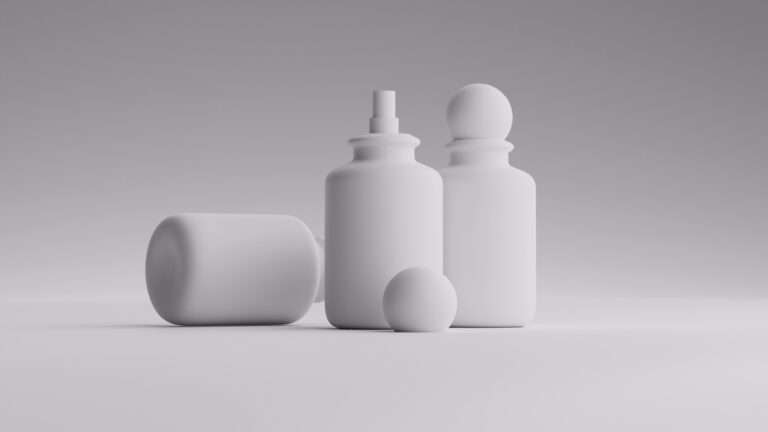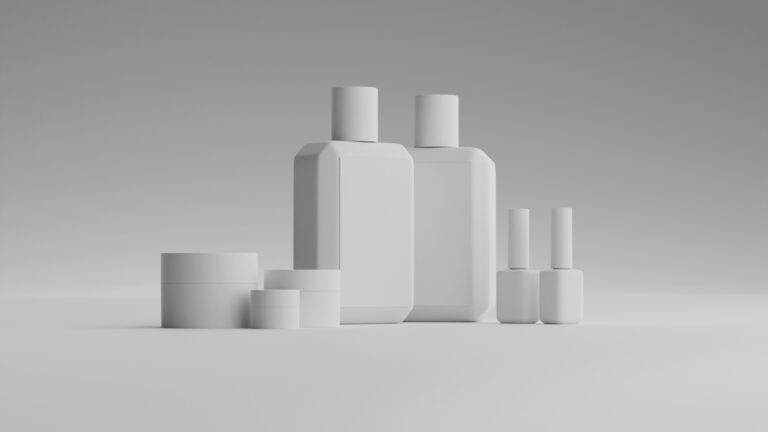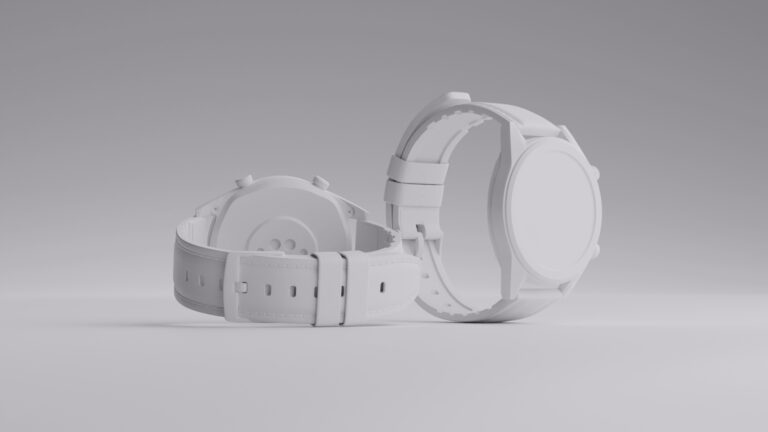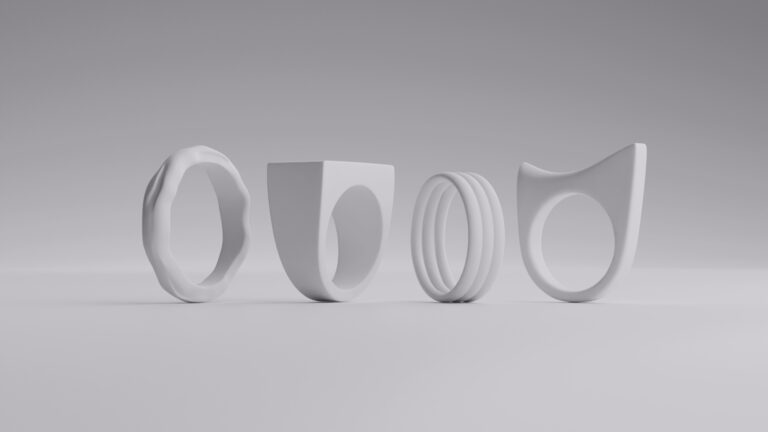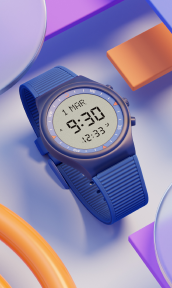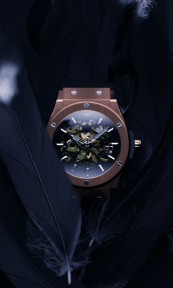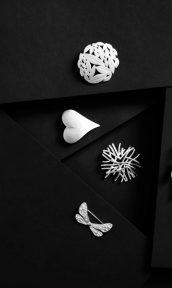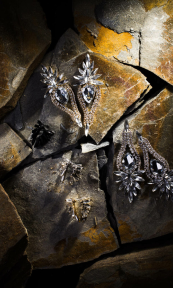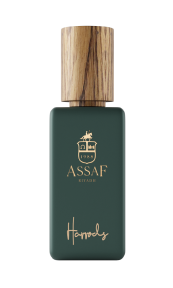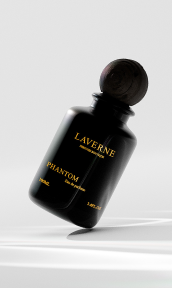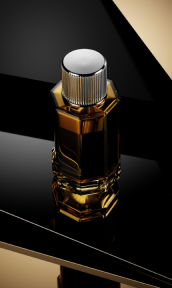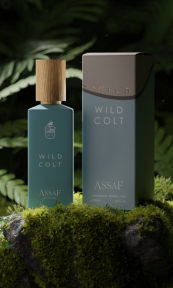The way we create and experience images is changing fast. Photography, CGI, and AI-generated imagery are leading a new wave of visual innovation, making it possible to bring almost any idea to life. With tools like deepfake technology, CGI design, and artificial intelligence evolving rapidly, it’s becoming harder to tell what’s real and what’s digitally crafted.
In this article, we’ll walk through the world of modern image creation. We’ll break down the key differences between photography, CGI, and AI-generated imagery, explain why recognizing these distinctions matters, and share practical tips to help you spot the difference. Whether you’re building a brand, launching a campaign, or simply keeping up with the latest trends, understanding these tools is more important than ever.
Understanding photography, CGI, and AI-generated imagery

Today’s visuals might all look polished and impressive at first glance, but how they’re made can be very different. Photography, CGI, and AI-generated imagery each have their own unique fingerprints if you know where to look. Understanding how each type of image is created helps you not only appreciate the craft behind them but also recognize their strengths, limitations, and ideal uses.
Let’s walk through each one with clear examples to make it all simple.
Photography: capturing real life through the lens
Photography is all about capturing real-world moments with a camera. It’s the traditional way of creating images, relying on natural or artificial light, physical subjects, and skilled human judgment. Photographers set up the shot, adjust their camera settings, and click the shutter to freeze a real moment in time.
- Real-world reference
In photography, the subject actually exists in front of the camera — whether it’s a product, a model, a mountain, or a plate of food. This is true whether the photo is taken in a professional studio with lighting setups or outdoors in natural sunlight. Every aspect — from the slight wrinkles in clothing to the way sunlight bounces off a glass of water — comes from reality. - Proof in the details
Photography tends to capture all the little imperfections and nuances that exist in the real world. You might notice small stray hairs, slightly uneven fabric textures, tiny reflections in someone’s eyes, or the natural gradient of sunlight across a surface. Even heavily edited photos maintain some organic signs of authenticity because their foundation is real. - Visual texture and flaws
A good way to spot real photography is to look for how textures behave under lighting. Skin pores, the fuzziness of a peach, the softness of fabric — all these details show natural randomness and complexity. For example, a high-resolution photo of a denim jacket would reveal inconsistent thread thickness, slight fading, and tiny frays that real materials have over time.
Conclusion
Photography captures life exactly as it is — messy, beautiful, and full of tiny imperfections that make it feel real. Even when enhanced through editing, real-world depth and texture usually remain present.
CGI: creating virtual worlds from scratch
CGI, or computer-generated imagery, is completely different from photography because it’s created digitally from the ground up. Artists use specialized software to design objects, textures, lighting, and environments, making every part of the image by hand (or rather, by mouse and keyboard).
- Constructed perfection
Since CGI artists control every element, CGI often appears flawless. A digitally created sneaker, for example, might have perfectly symmetrical stitching, perfectly even lighting, and absolutely no dust or scratches — something almost impossible in a real photo. This high level of control is especially useful for industries like automotive and product marketing, where brands want clean, idealized images that highlight specific features. - Proof in the physics
While modern CGI is incredibly realistic, small tells can still give it away. Sometimes reflections are too sharp, shadow edges are unnaturally clean, or textures don’t react to light quite like they would in the real world. For example, a CGI marble surface might have a perfect sheen without the slight streaks or smudges you’d expect from real marble under a camera. - Detail overload
CGI allows for an extreme level of detail — but sometimes that backfires. You might see every fiber in a fabric rendered in such perfect, uniform clarity that it feels unnatural. Human-made objects rarely look so “perfect.” In scenes with many complex elements, CGI can sometimes feel too sharp, too clean, or too symmetrical compared to the natural chaos found in photography.
Conclusion
CGI is an incredibly powerful tool that lets creators design anything they can imagine, from photorealistic products to entire fantasy worlds. However, its precision and perfection can sometimes hint that it’s a digital creation rather than a captured reality.
AI-generated imagery: teaching machines to imagine
AI-generated imagery takes yet another approach. Instead of manually building objects like in CGI, AI systems learn from millions of real-world images and create new visuals based on patterns they’ve recognized. Think of it as teaching a machine to “imagine” — but it doesn’t always get everything right.
- Blended realities
AI imagery can look astonishing at first glance because it borrows heavily from real-world references. It can generate a picture of a “black cat riding a skateboard” or an imaginary landscape that seems plausible. However, look closer and you might notice oddities — the skateboard might melt into the cat’s paw, or shadows might not match the light source. - Proof in the chaos
AI models are getting better every day, but they still sometimes make mistakes that real-world photography and expert CGI wouldn’t. Hands often have extra fingers, text appears distorted, jewelry floats away from skin, and reflections might be inconsistent. For example, an AI-generated portrait might have beautiful lighting but reveal a lopsided smile or strange artifacts when zoomed in. - Rapid innovation
AI’s biggest strength is speed and adaptability. Where traditional CGI projects might take days or weeks to complete, an AI model can produce dozens of high-quality images in minutes based on a few text prompts. However, because AI generates content based on probability and blending, it often struggles with complex logic and natural rules like consistent anatomy, object layering, and realistic depth.
Conclusion
AI-generated imagery is opening exciting new creative doors, making it easier to produce visuals quickly. But even as it improves, small inconsistencies and errors often reveal its mechanical origins.
Why it matters: authenticity, storytelling, and consumer trust

Being able to tell the difference between photography, CGI, and AI-generated imagery isn’t just a technical skill. It’s a key part of building trust, creating stronger brands, and telling stories that truly connect with people. When you understand how visuals are made — and what they communicate — you’re in a much better position to make thoughtful choices that resonate with your audience.
Authenticity builds loyalty
People are paying close attention to the visuals they see, and they value honesty. They want to know whether an image reflects something real or if it’s been digitally constructed. When brands are clear about the imagery they use — and when they stay true to authentic representation — they earn stronger trust and loyalty from their customers. Being upfront about digital creation isn’t a weakness; it’s a sign of respect for the viewer’s intelligence.
Proof through brand examples
Some brands have already set a high standard by prioritizing authenticity. Companies like Patagonia and Everlane are great examples. They’re known for using real people, minimal retouching, and natural photography, and they’ve built deeply loyal communities because of it. When brands, on the other hand, rely too heavily on overly staged, polished, or artificial images without transparency, they often face backlash and lose credibility. Consumers notice — and they remember.
Spotting real vs fake images strengthens your reputation
Whether you’re working as a brand manager, a marketer, a creative director, or even a freelance designer, being able to spot real images from digitally generated ones is a valuable skill. It helps you choose visuals that align better with your message and avoid unintentionally misleading your audience. By selecting and communicating your imagery choices thoughtfully, you show your audience that you respect them — and that you value authenticity over appearances.
Conclusion
Authenticity stands out. When you understand the differences between photography, CGI, and AI-generated imagery, you’re better equipped to tell stronger stories, forge real connections, and build lasting trust. Visuals are powerful — and when used thoughtfully and transparently, they become one of the best tools for making a meaningful impact.
How to spot the difference between real, CGI, and AI images

It’s getting harder to tell whether an image is a photograph, CGI, or AI-generated. But if you know what to look for, there are still some clues that can help you spot the difference. Understanding these subtle signs can help you make smarter choices when selecting visuals — and avoid being misled by images that aren’t what they first appear to be.
Lighting and shadows
In real photography, lighting and shadows behave naturally, with soft gradients and tiny imperfections. Sunlight might filter through leaves unevenly, or indoor lights might create warm, unpredictable highlights. In CGI, lighting is designed to be more controlled, often resulting in shadows that are perfectly uniform or unrealistically sharp. AI-generated imagery sometimes makes even stranger mistakes: you might see inconsistent lighting directions, shadows that don’t match the light source, or reflections that seem physically impossible.
Surface imperfections
Photography captures the little flaws that come with real life — a slight scratch on a product, a faint crease in clothing, or tiny dust particles in the air. These imperfections often lend a sense of depth and realism that CGI struggles to replicate completely. CGI tends to look a little too smooth, polished, and flawless. AI-generated images may show obvious distortions if you look closely, such as blurry surfaces, textures that blend into each other oddly, or materials that behave in unrealistic ways under light.
Anatomy and structure can give it away
Human anatomy is one of the toughest things for digital tools to get right. In photography, the structure of hands, eyes, teeth, and limbs follows natural proportions — even if the photo is edited. In CGI, proportions are usually very accurate because artists work hard to model them correctly. However, CGI figures sometimes still lack the subtle asymmetry of real human bodies. AI imagery is where mistakes are most common: hands might have extra fingers, facial features could be uneven, or limbs might blur into the background unnaturally.
Context and environment offer clues
Photographs usually capture realistic scenes with logical relationships between objects. Furniture sits naturally on floors, light sources match the room’s design, and backgrounds make sense. CGI scenes are built to be logical too, but they might feel overly perfect — like every item is arranged just a little too neatly.
AI-generated imagery sometimes mixes up context altogether: you might notice trees growing into buildings, objects floating slightly above surfaces, or scenery that shifts strangely from one style to another without a clear reason.
Conclusion
Spotting the difference between photography, CGI, and AI-generated imagery isn’t always easy — but it gets easier with practice. By paying close attention to lighting, surface details, anatomy, and overall context, you can sharpen your ability to recognize how an image was made. This skill can help you choose the best visuals for your projects and build a stronger connection with your audience based on transparency and authenticity.
Why we recommend CGI for expert product photography

When you need professional, high-quality visuals for products, CGI offers an outstanding solution. It combines creative flexibility, technical precision, and practical efficiency — all important ingredients for brands that want to make a strong and consistent visual impression. Understanding why CGI is such a powerful choice can help you take full advantage of what digital innovation has to offer.
Flawless control over lighting and environment
One of the biggest advantages of CGI is the level of control it gives you. Every aspect of the scene — from the way light falls on a product to the exact texture of a surface — can be fine-tuned. Brands can adjust the environment to create perfect conditions without worrying about weather changes, location costs, or unpredictable lighting challenges. Whether you need a product to glow warmly under golden-hour lighting or shine crisply against a modern, minimalist backdrop, CGI allows you to achieve the exact look you want with complete consistency.
Proof in marketing success
Many leading companies have embraced CGI for their product marketing — and with good reason. Brands like Apple, Ikea, and Nike use CGI to create visuals that are sleek, polished, and visually striking. With CGI, they can showcase products from any angle, highlight key features clearly, and easily create multiple variations without needing to reshoot. It’s not just about aesthetics, either: CGI helps these brands maintain a high standard of visual quality across their websites, ads, packaging, and promotional campaigns, reinforcing their reputation for innovation and excellence.
Consistency across campaigns
Maintaining a consistent visual identity across seasons, markets, and platforms can be a real challenge with traditional photography. Changes in lighting, weather, and even studio conditions can introduce subtle differences that disrupt a brand’s visual flow. CGI solves this problem by offering complete repeatability.
Whether you’re launching a summer line of bright, colorful designs or a winter collection with cool, muted tones, CGI allows you to maintain the same style, lighting, and perspective — ensuring your brand always looks cohesive, polished, and professional across all touchpoints.
Conclusion
CGI is an incredibly strategic choice for brands that prioritize efficiency, precision, and high-quality visuals. It’s especially valuable for industries where product presentation plays a major role in customer decision-making, such as retail, automotive, furniture, and technology.
While CGI can sometimes look too perfect, skilled CGI artists know how to introduce subtle imperfections — like natural textures, tiny flaws, or organic lighting — to keep the visuals realistic and relatable. By using CGI thoughtfully, brands can create visuals that not only look stunning but also strengthen their identity and inspire greater confidence from their audiences.
Wrapping up
Photography, CGI, and AI-generated imagery each bring something special to the world of visual innovation. Knowing how they’re made — and how to tell them apart — gives you an edge when it comes to making smarter choices in marketing, branding, and creative work.
Photography keeps us connected to reality, bringing authenticity and emotional depth. CGI opens up new possibilities with precision, control, and endless flexibility. AI-generated imagery pushes creative boundaries even further, though it sometimes carries small imperfections that reveal its machine-made roots. Each one has its strengths when used thoughtfully and transparently.
As visuals continue to evolve, strong image recognition skills — and a commitment to authenticity — can set your brand apart. They’re the key to building real trust, telling better stories, and creating work that truly stands out.
FAQ
How can you tell an AI-generated image from a real photo?
Focus on small inconsistencies, like strange lighting, extra fingers, awkward reflections, or blurred text. AI often struggles with complex textures and human anatomy.
Is CGI better than photography?
It depends on the project. CGI offers complete control and flexibility, especially for product visuals, while photography captures real-world authenticity and emotion.
Why is it important to spot fake images?
Spotting fake images helps prevent misinformation, protects brand integrity, and ensures that marketing and storytelling remain transparent and trustworthy.
Can AI-generated images replace photographers?
AI tools are advancing, but they cannot replace the human creativity, intuition, and emotional understanding that professional photographers bring to their work.
What industries use CGI the most?
Industries like e-commerce, automotive, architecture, and technology rely heavily on CGI for product visualization, marketing, and interactive digital experiences.








